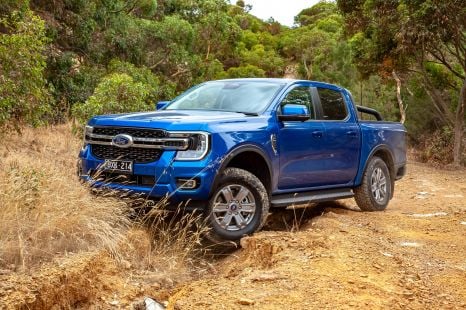

William Stopford
Ford Ranger recalled
2 Hours Ago
With diverse landscapes and one of the largest automotive markets in the world, American marques cater to a wide variety of different tastes.

Contributor
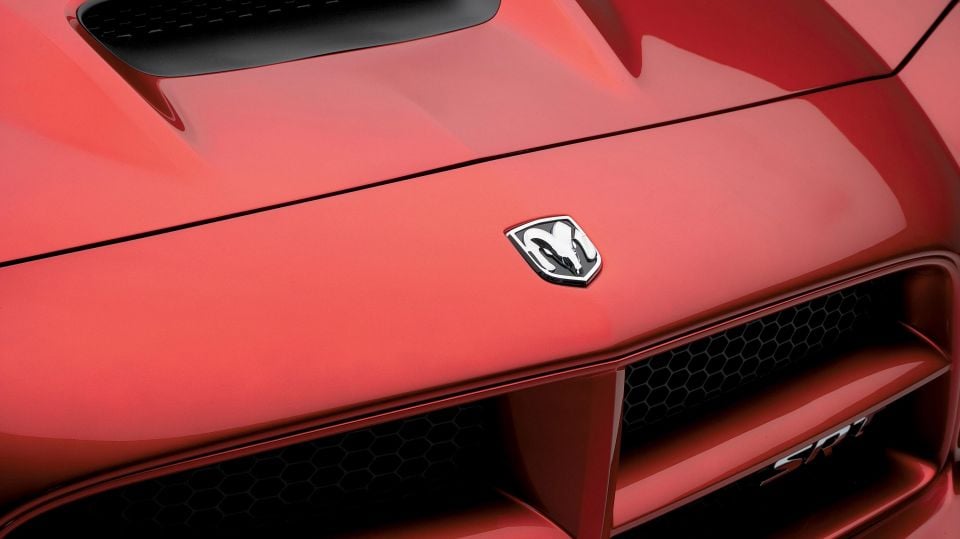

Contributor
People come in all shapes and sizes, and the same can be said of the various models offered by American marques.
From the advanced electric vehicle technology and Star Trek-like interiors found in Tesla’s Model 3 and Y to Dodge’s fire-breathing supercharged V8 muscle cars, American brands cover a diverse spectrum and their logos each tell a unique story.
MORE: Badge Histories – American Brands, Part 1
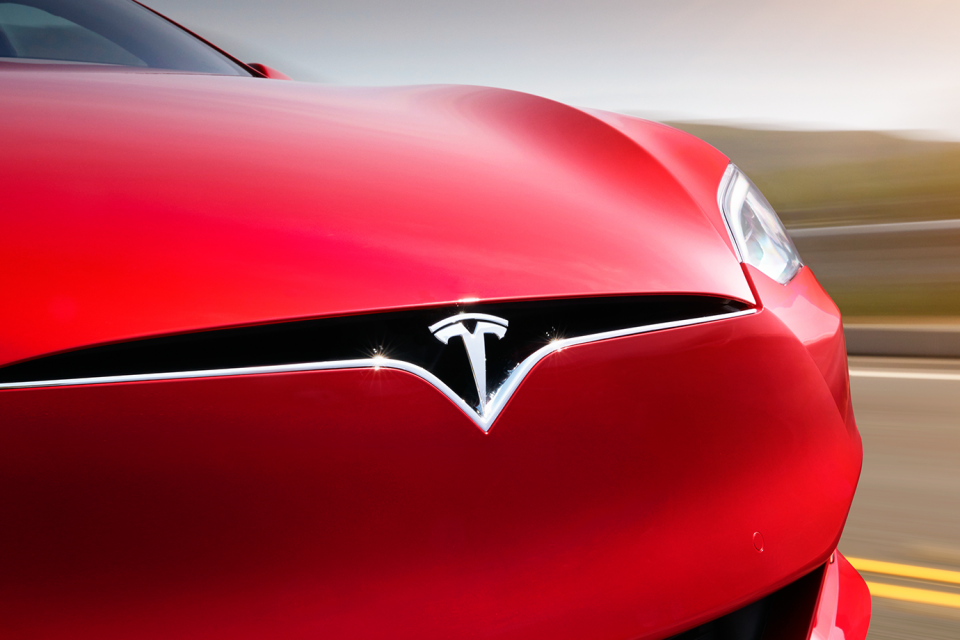
Named after legendary inventor Nikola Tesla, the electric vehicle manufacturer is the newest brand here. Despite having an army of fans and an equivalently vociferous legion of haters, it’s hard not to argue that vehicles such as the Model S and Model 3, and the company’s operating model in general, have been a catalyst for change across the automotive industry.
Apart from its technology and advanced driver assistance systems (ADAS) such as the creatively named ‘Autopilot’, Tesla is well-known for being an EV-only brand, and the firm’s emblem reflects this key characteristic of its cars.

A typical electric motor consists of multiple sets of copper wire wound around the stator, that encapsulates a permanent magnet rotor. Tesla took a cross section view of this, and then cropped the perspective to represent one stator coil. A stylised version of this constitutes the recognisable Tesla ‘T’.
With the company being founded in 2003 and only producing its first model (the original Tesla Roadster) 13 years ago in 2008, Tesla has retained the same emblem design since its inception.
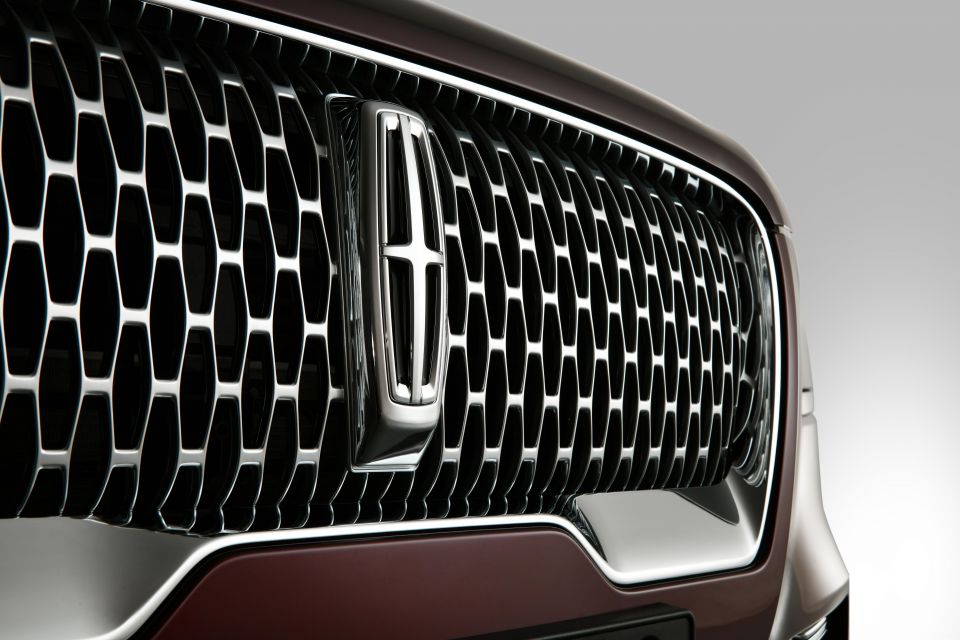
Henry M. Leland was initially brought in to help resurrect the Henry Ford Company into The Cadillac Automobile Company, and successfully completed this task, with Cadillac sold to General Motors in 1909.
Although relinquishing ownership, Leland stayed on as an executive. However, the following decade brought about the onset of WW1, and many industrial firms switched to wartime production to assist the American effort following the US entry into the war in 1917. The more pacifist GM leadership, however, continued production of civilian vehicles, and a disagreement over this led Leland to leave Cadillac to begin another firm dedicated to military production.
Aptly named after former President Abraham Lincoln, the new company engaged in the production of aircraft engines. The end of the war, however, meant going back to the manufacture of civilian cars.

Its first car, the Model L, was produced in 1920, and although luxurious, struggled to sell well. Other operational issues meant the company was struggling, and somewhat ironically, it was Henry Ford who decided to snap up Lincoln, sensing an opportunity to position it as a luxury brand above mainstream Ford vehicles.
The history of the Lincoln brand reflects the firm’s prestige positioning. Although early iterations simply featured the Lincoln wordmark on a rounded background, Ford ownership meant that the background resembled an ovoid shape similar, but slightly more angular, to the Ford background used at the time, with the trademark Ford lettering also placed in a smaller font just above the Lincoln name.
Later on in 1939, the firm decided to reach into the heraldic origins of the ‘Lincoln’ name itself, and the Lincoln emblem evolved to include a coat of arms, bearing some similarity to the English Lincolnshire crest, but with the fleur-de-lis replaced by an eight-pointed star.

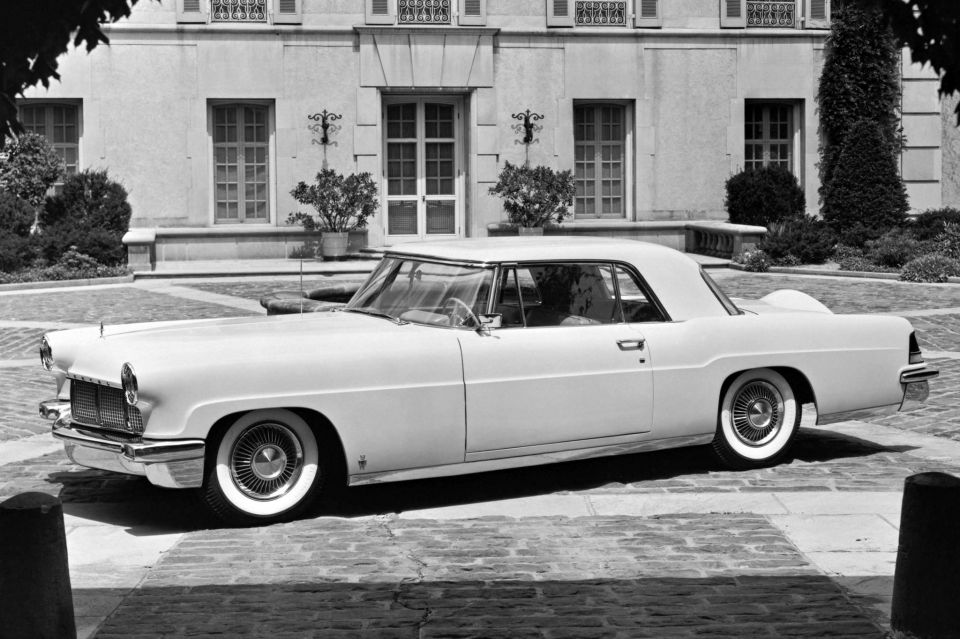
This design continued, largely unchanged for another decade. Following WWII, Ford decided to create an ultra-luxury division, positioned above even Lincoln, to make cars that competed directly with Rolls-Royce and Bentley. It would be known as Continental, but once management realised that the car it was building, the 1956 Continental Mark II, was a loss-making enterprise due to its hand-built nature, both the car and division were discontinued (Continental being folded back into Lincoln).
Although barely lasting for two years, the most enduring legacy of Ford’s Continental Division is perhaps its emblem. Designers had limited time to come up with something simple, yet elegant and classy for a flagship car, and so was born the rectangular four-pointed star. With subtle variations, this has remained the Lincoln emblem to date.

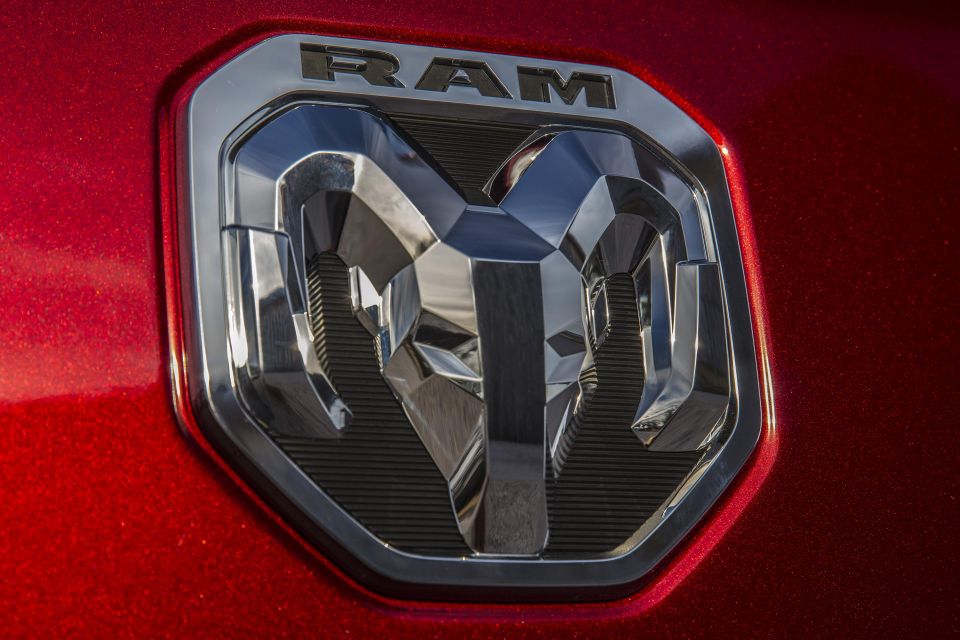
Dodge is one of the oldest currently existing American automotive brands. Although now part of the Stellantis empire, the firm traces its roots all the way back to 1900, when brothers John and Horace decided to start the Dodge Brothers Company as an automotive parts supplier. With the company based in Detroit, a city rapidly becoming known as America’s automotive hub, early customers included Ford and Oldsmobile, before the firm decided to compete directly with the Ford Model T with their first complete car, the Dodge Model 30/35.
The Dodge emblem is the most varied of all the brands described in this article, and early iterations following the launch of their first car perhaps represent the competitive spirit of the company and its ambitions. It initially consisted of two interlocking opposed triangles to form a Star of David overlaid upon a globe. The Dodge brothers didn’t have Jewish heritage, but rumour has it that the logo was designed to spite the notably anti-Semitic Henry Ford.
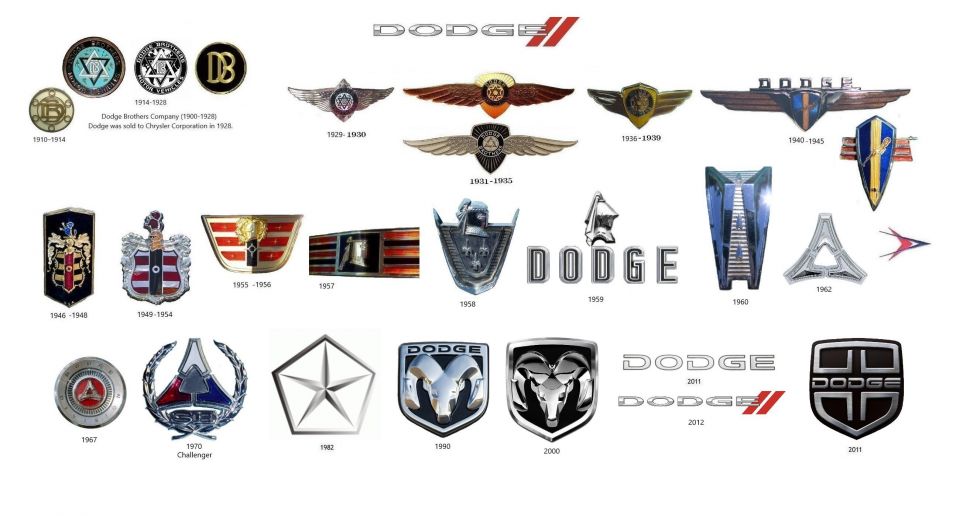
Both brothers died of the Spanish flu in 1920 and the company’s sales performance gradually declined for the remainder of that decade, before being sold to the Chrysler Corporation in 1928. Under this new ownership, the Star of David style emblem was replaced by various period appropriate designs.
Most notably, these included the ‘Forward Look’ design from 1955-1962, a Space Age logo comprised of two overlapping boomerangs. The intention here was to signal rapid motion and progress, and the positioning and sharp curvature of the shapes were strongly reminiscent of the fumes exiting a rocket or jet engine.
Subsequently, another overhaul of the Dodge emblem came with the starkly different 60s ‘Fratzog’ design, consisting of three detached triangular shapes, ostensibly meant to represent stability in a perhaps vaguely science fiction manner. The name Fratzog itself does not carry any meaning.
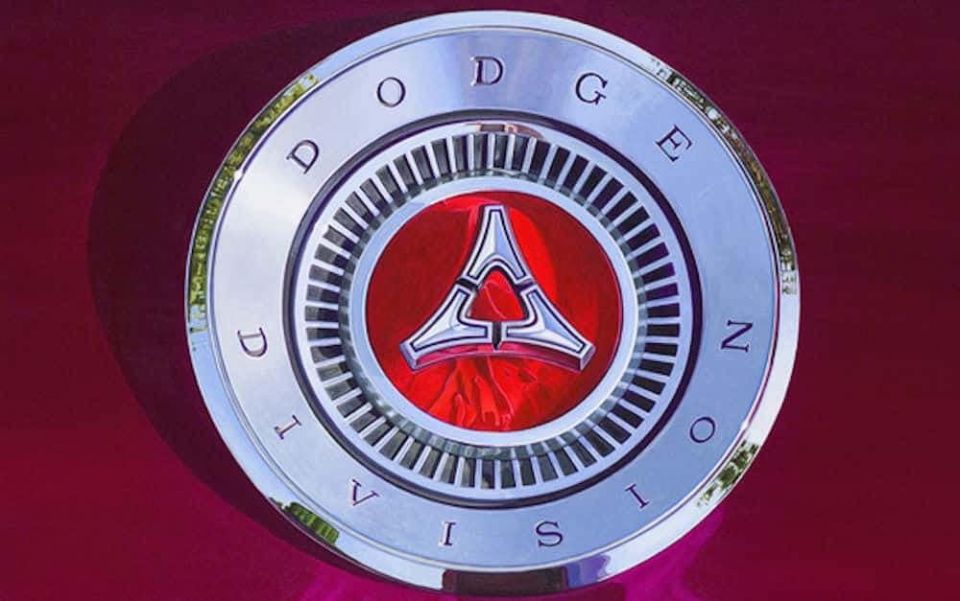
In addition to its passenger car lineup, Chrysler had a successful commercial vehicles operation under the Fargo Trucks banner, and during the 70s, this was absorbed by Dodge. Deciding on a new emblem, Dodge settled on a radiator cap in the style of a ram, as a symbol of the strength, force and authority that it wanted its large pickup trucks to have. Initially exclusive to Dodge commercial vehicles, the company applied it to its passenger cars in the 1990s.
Under Fiat Chrysler Automobiles ownership in 2009, the two parts were separated once again with RAM Trucks now becoming its own brand and retaining exclusive use of the Ram emblem. In turn, Dodge reverted to a simple logo consisting largely of the brand name itself with two diagonal stripes. The latest Ram pickup trucks now feature the brand name written in big, bold letters across the grille, though the Ram logo is still featured elsewhere.
Very recently, Dodge has hinted at reviving the 60s-era Fratzog logo for a new electric muscle car set to be launched around 2025.

Buick is arguably the progenitor of the wider General Motors empire, and can trace its origins back to the turn of the 20th century, when the company began producing stationary internal combustion engines for marine and other purposes by David Dunbar Buick, who was of Scottish heritage.
Buick would go on to take on William Durant as an investor, who also acted in a managerial role and greatly expanded the firm’s automobile sales. This provided Durant with enough capital to create a holding company that would invest in other automotive firms such as Oldsmobile and Cadillac, and thereby eventually become today’s General Motors.
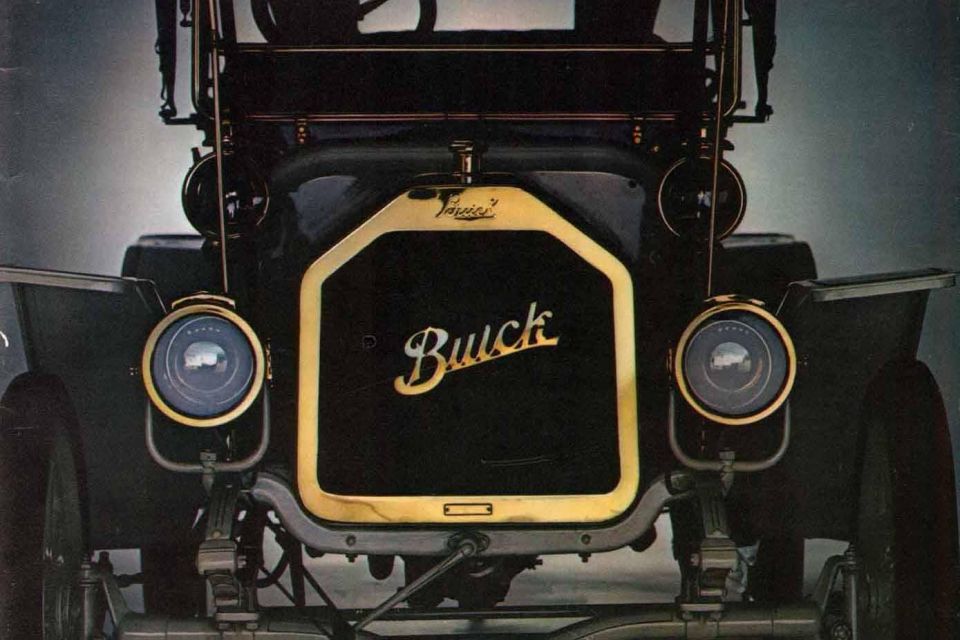
Early Buick vehicles featured a relatively simple logo that largely consisted of stylised Buick lettering on variously shaped backgrounds, and it took until 1937 before GM decided to look into David Buick’s ancestry as the source for a more elaborate design.
The result was the creation of a shield style emblem inspired by the Buick family’s familial Coat of Arms, featuring a chequered diagonal element framed by the symbols of a deer and a cross.

This fundamental design was kept, with slight modifications, until 1959 before being modified into the famous ‘tri-shield’ logo.
Initially, the three shields were coloured in the typical American colours of red, white and blue to represent the three vehicles that constituted the Buick portfolio: the Electra, Invicta and the LeSabre.
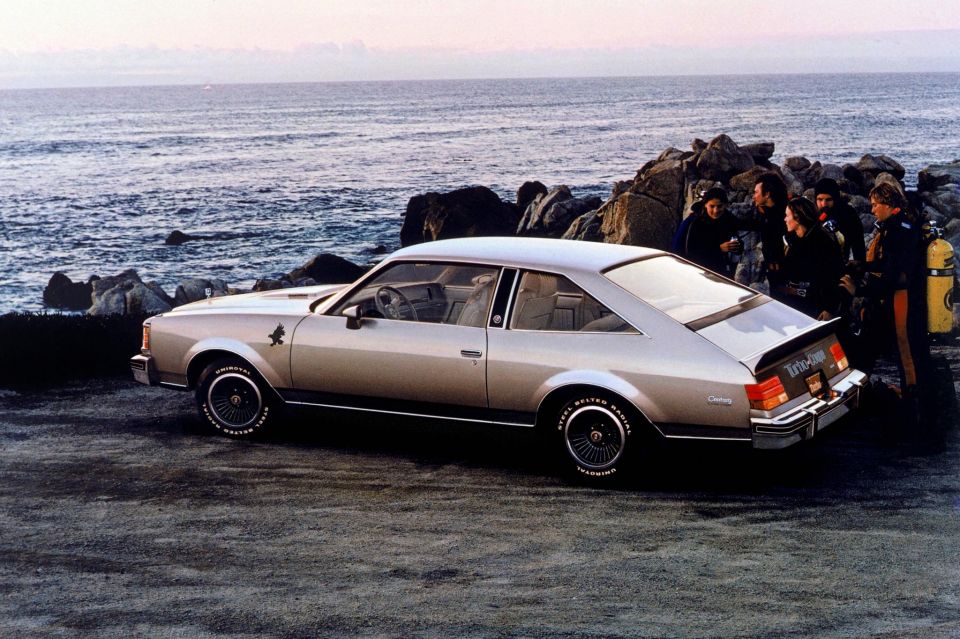
Buick’s line-up continued to expand in the 1960s and 1970s, with a new entry-level coupe joining the range in 1975 called the Skyhawk. Buick promotional materials started using the silhouette of a bird of prey, though only the Skyhawk and some sporty models like the Century Turbo Coupe (above) physically bore the logo.
The flagship Riviera coupe continued to use its unique logo, consisting of an R in a logo, while models like the Regal also wore hood ornaments with a different crest design. It was not uncommon for American cars of this era to have their own unique badging instead of solely using the corporate logo; many Japanese vehicles also did this in their home market.
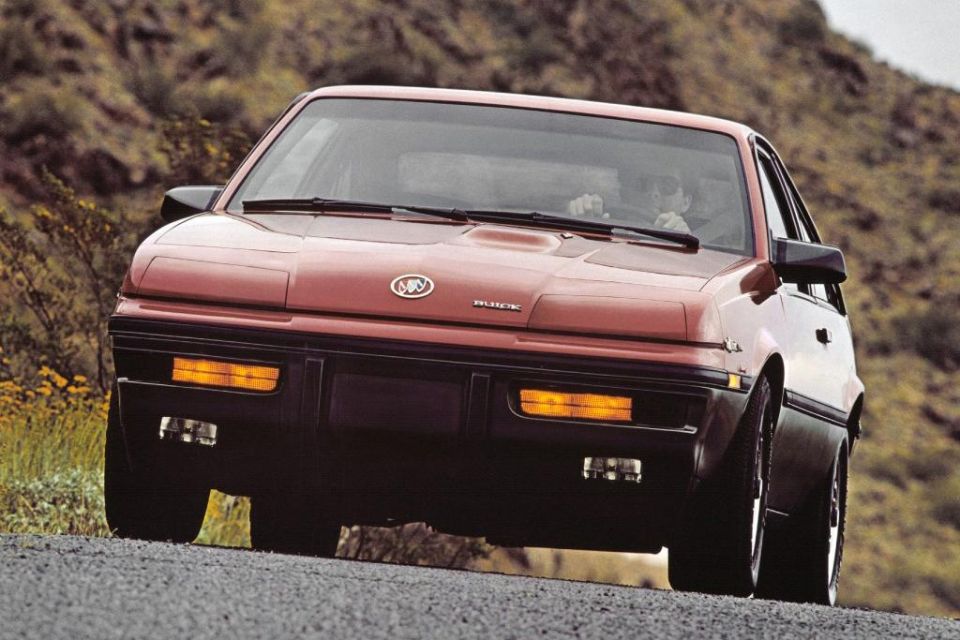
The second-generation Skyhawk, introduced for 1982, adopted the tri-shield but the hawk continued to appear in promotional material until 1988. This coincided with Buick’s repositioning as a car for the “Great American Road”, with the brand discontinuing its sportier offerings like the iconic Grand National.
With the discontinuation of the Riviera in 1999, the tri-shield logo was used universally across Buick’s line-up. The tri-shield has remained largely unchanged over the years, apart from a fairly recent spell where it went monochromatic.


William Stopford
2 Hours Ago
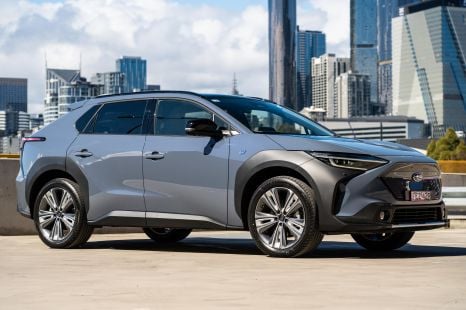

William Stopford
2 Hours Ago


Derek Fung
5 Hours Ago
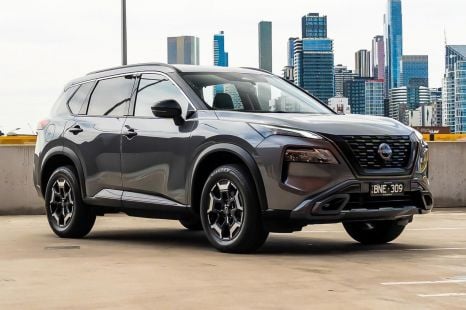

William Stopford
11 Hours Ago
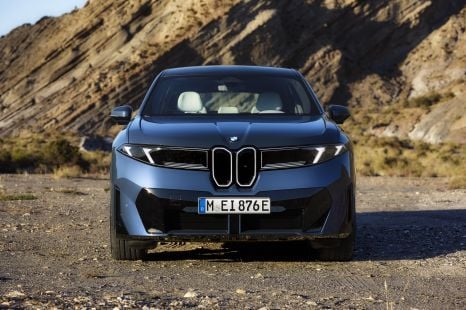

William Stopford
1 Day Ago
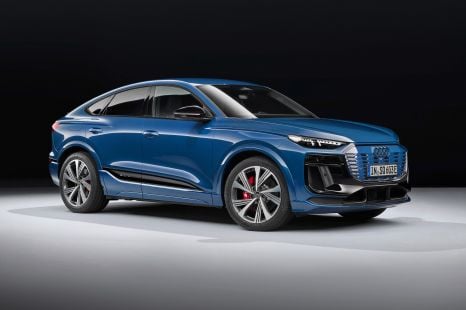

William Stopford
1 Day Ago